By Emily Owens
Greetings, fellow container home enthusiasts! For the past four years, I’ve been diving headfirst into the captivating world of container homes, exploring their possibilities and quirks. Today, I want to delve into a topic that’s as hot as a summer day in the desert and as cold as an Arctic winter – designing container homes for extreme climates. Buckle up, because we’re about to embark on a journey filled with challenges, creativity, and some downright ingenious solutions.
The (Not So) Easy Breezy Desert Dwelling
Imagine this: endless stretches of sun, scorching temperatures, and the occasional sandstorm. Welcome to the desert – a harsh environment that can put any structure to the test. But fear not, container home aficionados; where there’s a will, there’s a way.
Challenge: Temperature Control
The desert’s blazing sun can turn your steel container into an oven faster than you can say “ice cream.” The key here is insulation. Consider using spray foam insulation, reflective coatings, and even shade structures like pergolas or awnings. These can help keep your container home cooler during the day and cozy during chilly desert nights.
Solution : Invest in high-quality insulation and use double-glazed windows to minimize heat transfer. You can also incorporate passive cooling techniques like cross-ventilation or underground ducts to keep things breezy.
Challenge : Sand and Dust

Deserts are notorious for their omnipresent sand and dust particles that can creep into every nook and cranny. Protecting your container home from this abrasive onslaught is paramount.
Solution : Seal all openings tightly and use weather-stripping around doors and windows. Consider an exterior coating that repels dust or opt for an elevated foundation to reduce the chances of sand infiltrating your living space.
Container Living in Icy Wonderland
Now, let’s shift gears to a completely different extreme climate – the frozen tundras of the Arctic. These icy landscapes might look like they belong on a postcard, but they pose a unique set of challenges for container homeowners.
Challenge : Extreme Cold
Subzero temperatures are not for the faint of heart, and they can be especially harsh on a container home’s occupants and structure.
Solution : Invest in high-quality insulation once again, but this time opt for materials that excel in retaining heat. Closed-cell spray foam, triple-pane windows, and heated flooring can help you stay toasty when the mercury drops.
Challenge: Ice and Snow Buildup
Snow and ice accumulation can wreak havoc on your container home’s roof and foundation, leading to leaks and structural damage.
Solution: Sloped roofs are your best friends in snowy climates. Make sure to install snow guards and a well-designed drainage system to prevent dangerous ice buildup. Additionally, a sturdy foundation that’s frost-resistant will keep your container home stable through the harshest winters.
The Temperate Oasis – Challenges of Mild Climate Container Living
Not all extreme climates are marked by extreme temperatures. In some regions, it’s the ever-changing weather patterns and high humidity levels that pose unique challenges for container homeowners.
Challenge : Moisture and Humidity
Constant exposure to moisture can lead to mold, mildew, and structural decay. Nobody wants their container home to turn into a giant petri dish.
Solution : Proper ventilation is key. Invest in dehumidifiers, use vapor barriers, and ensure that your container home has adequate airflow to prevent moisture buildup. Regular maintenance and inspections are also essential to catch and address issues early.
Challenge: Unpredictable Weather
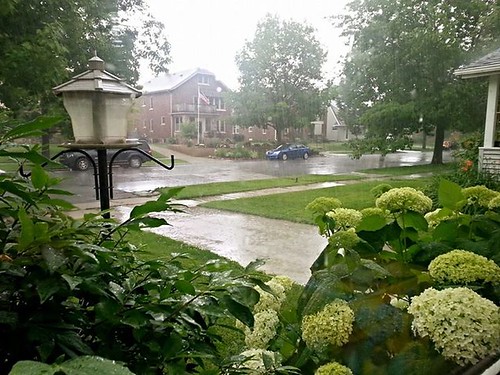
In regions with temperate climates, extreme weather events like storms, heavy rainfall, and strong winds can catch you off guard.
Solution: Reinforce your container home’s structure by welding additional support beams and reinforcing connections. Install storm shutters for your windows, and consider anchoring your home securely to its foundation.
Container Homes: A World of Possibilities
Whether you’re braving the desert heat, surviving Arctic winters, or navigating the challenges of a temperate oasis, container homes offer a world of possibilities. By addressing climate-specific challenges with creativity and innovation, you can turn your container home into a comfortable and sustainable haven, no matter where you choose to plant your roots.
As I’ve explored the fascinating world of container homes over the years, I’ve been continually amazed by the resilience and adaptability of these structures. From shipping container swimming pools to rooftop gardens, the possibilities are endless.
So, fellow container home enthusiasts, embrace the challenges that come with extreme climates, and let your imagination run wild. After all, the only limit to what you can do with a container home is the sky – and maybe the local building codes.
In the end, it’s all about turning adversity into an opportunity for innovation. So, whether you’re facing the fiery fury of the desert, the icy grip of the Arctic, or the ever-changing weather of a temperate paradise, remember that with a little ingenuity and some sweat (and maybe a few tears), you can design a container home that stands up to any climate. Happy container home building, my friends!
Disclaimer: This article is for informational purposes only and should not be considered as professional advice. Please consult with experts and local authorities when designing and building container homes in extreme climates.











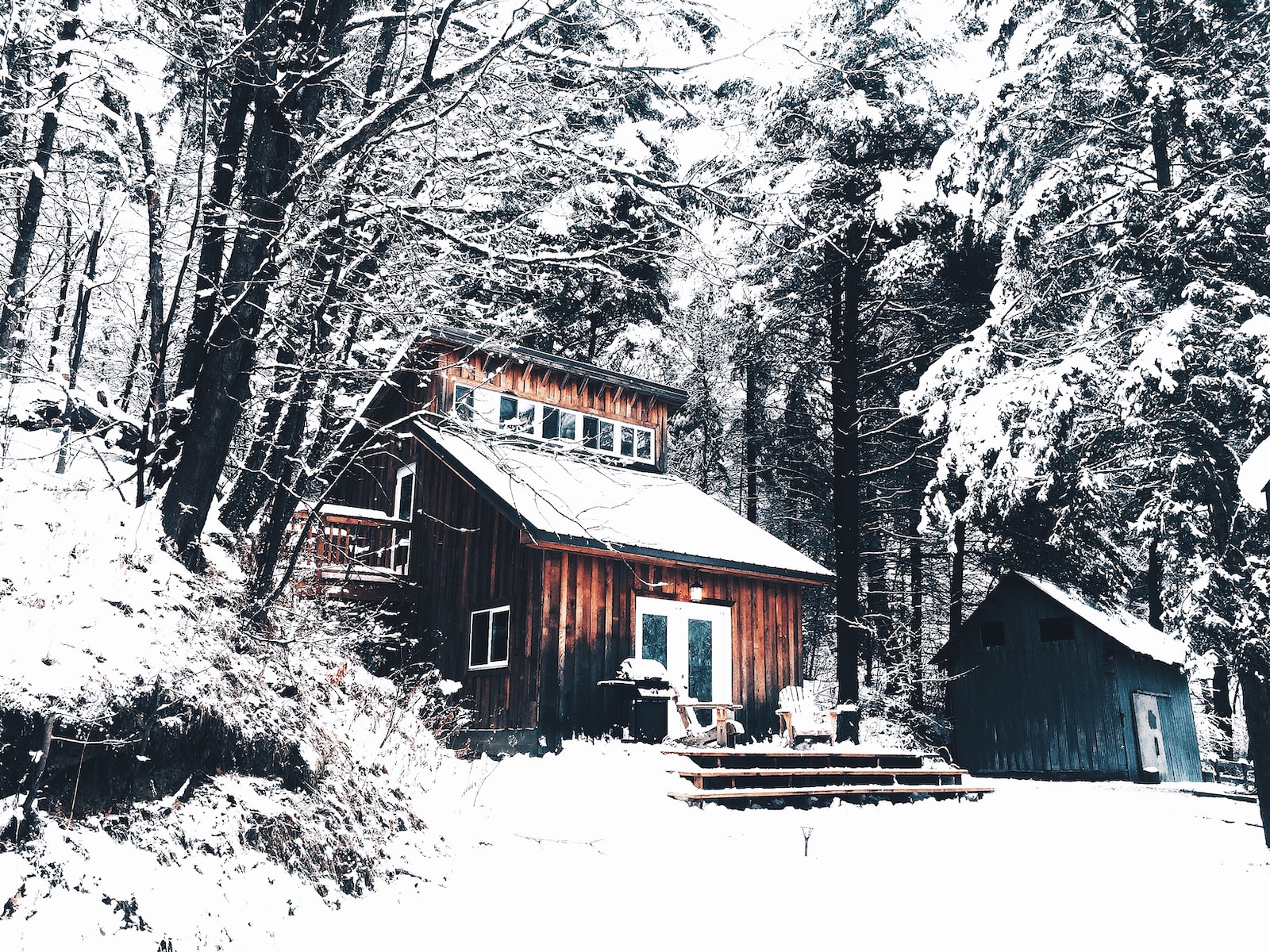
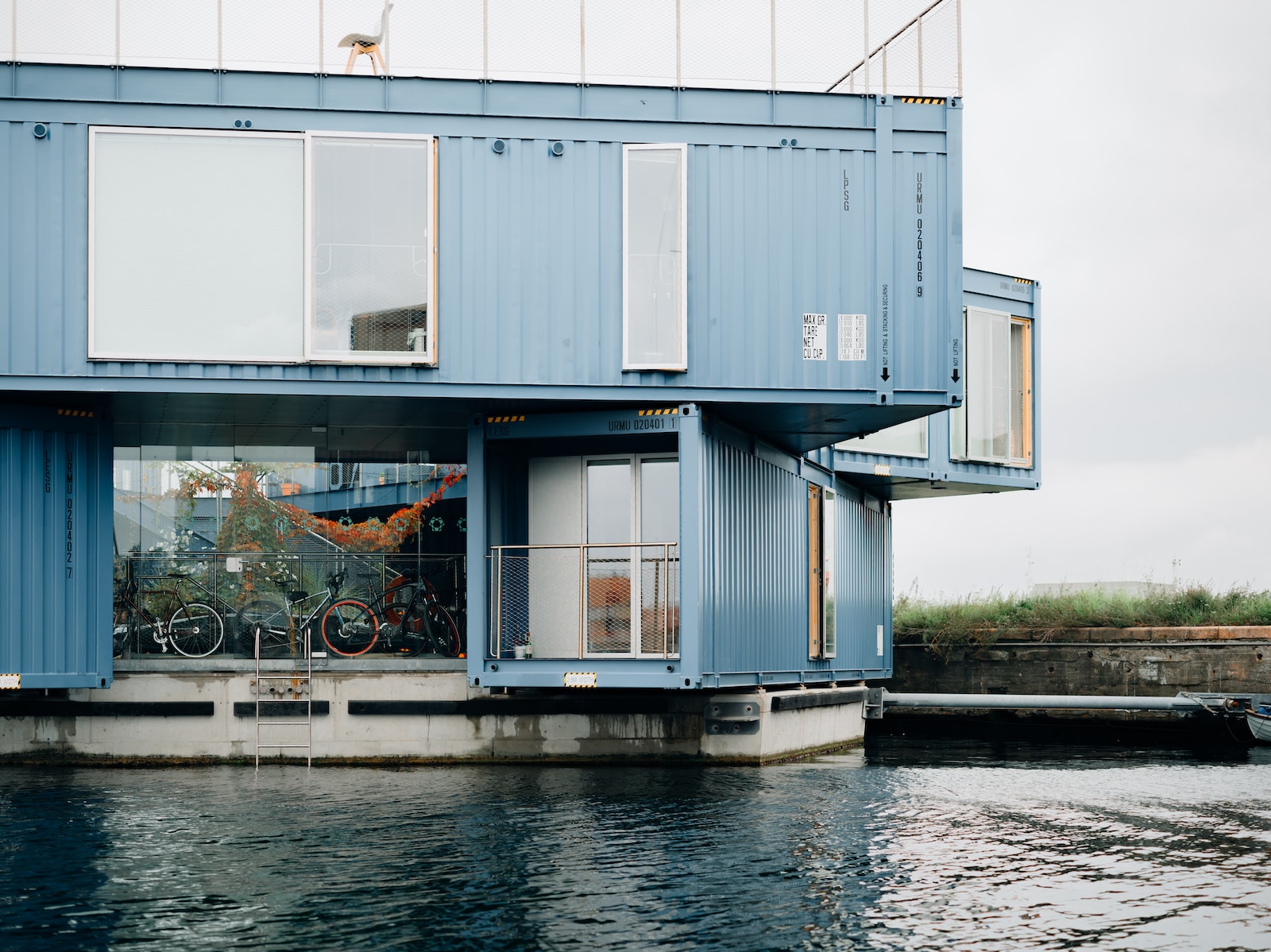





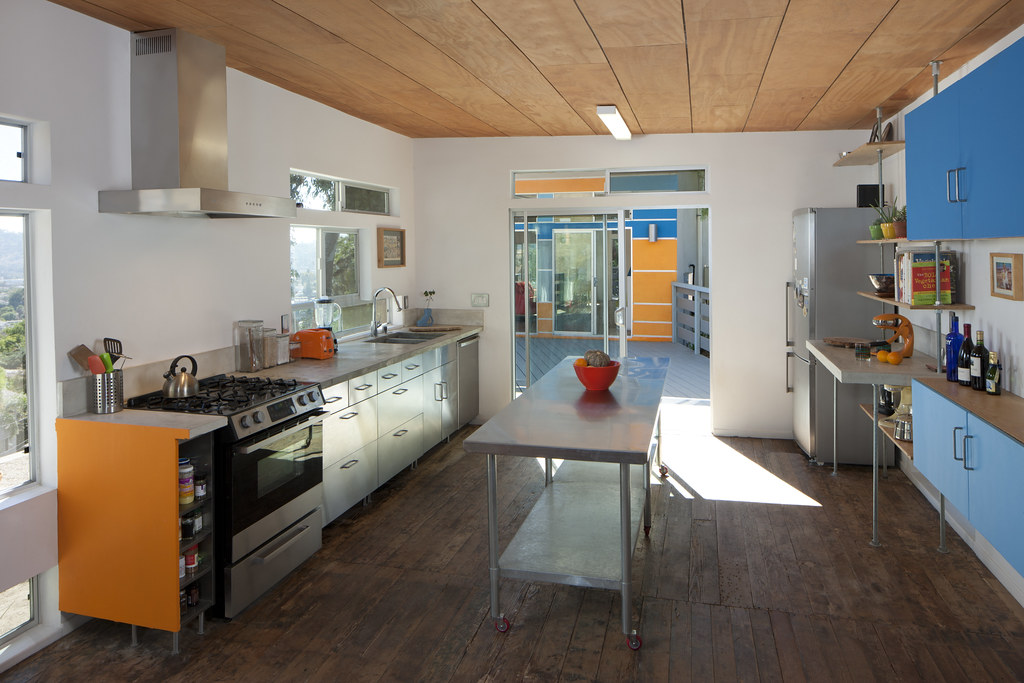
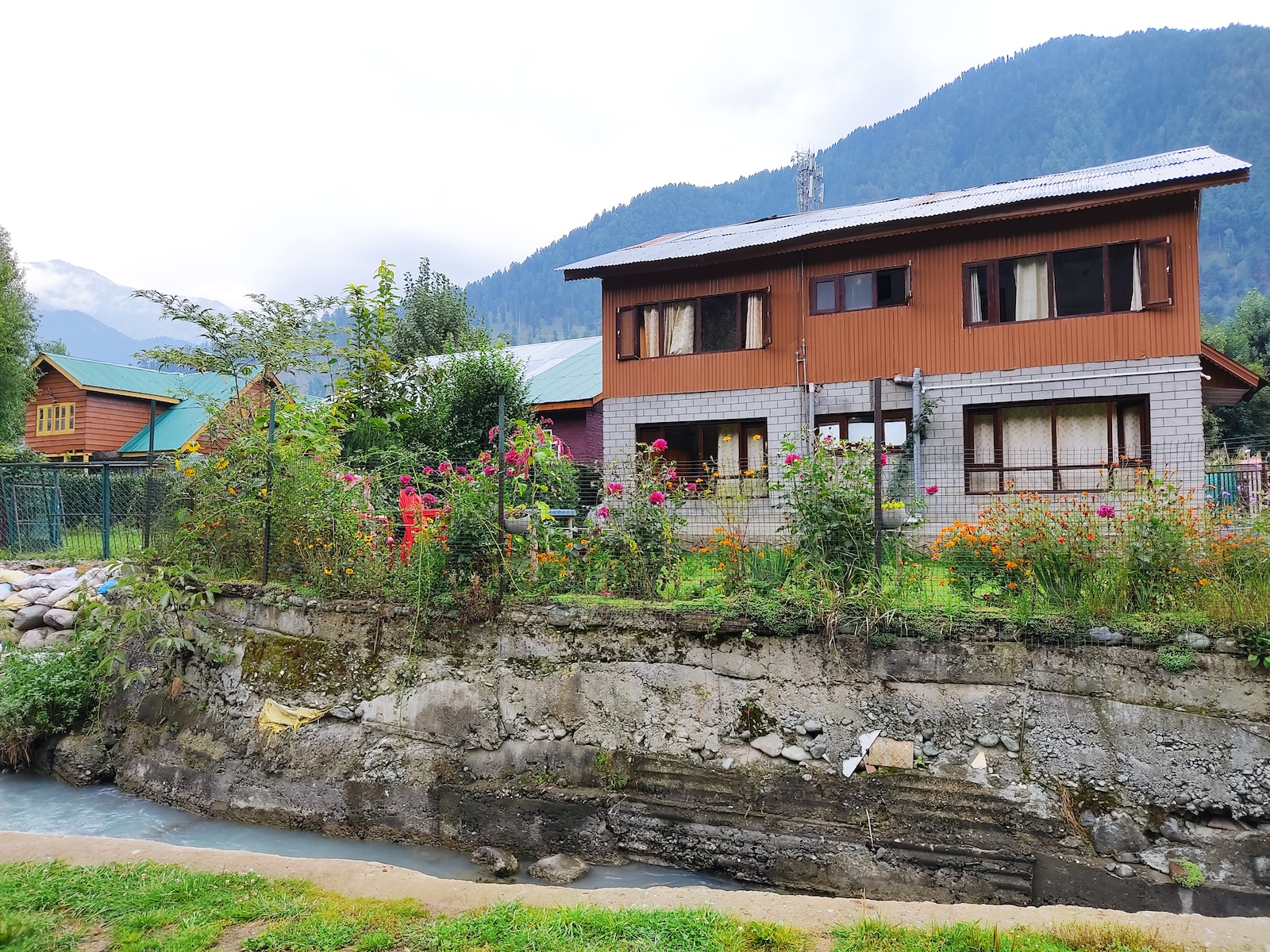
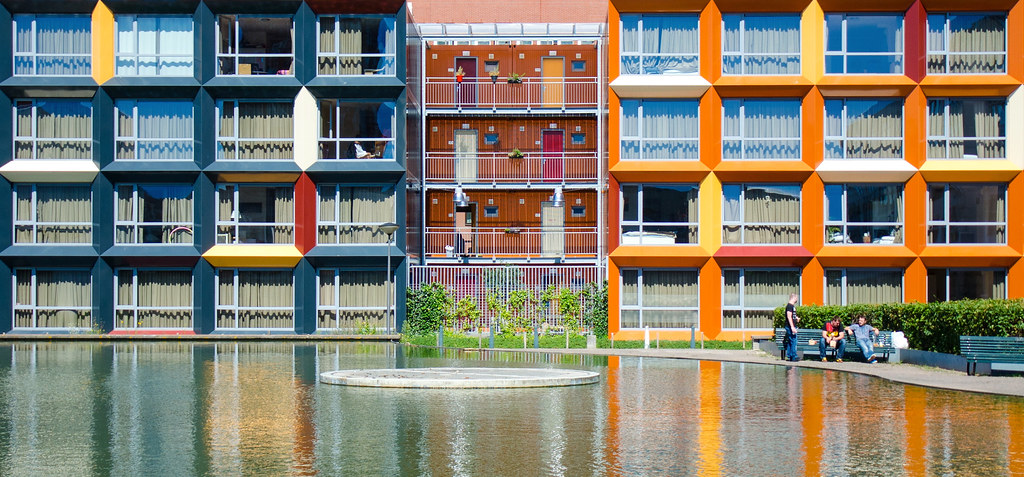
Find Us on Socials